Case Study: PRODUCT LAUNCH WITH AGILE METHODOLOGY
Last updated: November 25, 2022 Read in fullscreen view
- 09 Oct 2022
 Rapid Application Development Case Study - TIGO Consulting 23/570
Rapid Application Development Case Study - TIGO Consulting 23/570 - 12 Oct 2022
 14 Common Reasons Software Projects Fail (And How To Avoid Them) 10/504
14 Common Reasons Software Projects Fail (And How To Avoid Them) 10/504 - 29 Nov 2021
 Memorandum of Understanding (MOU) for Partnership Agreements 7/470
Memorandum of Understanding (MOU) for Partnership Agreements 7/470 - 08 Nov 2022
 4 tips for meeting tough deadlines when outsourcing projects to software vendor 6/254
4 tips for meeting tough deadlines when outsourcing projects to software vendor 6/254 - 13 Oct 2021
 Outsourcing Software Development: MVP, Proof of Concept (POC) and Prototyping. Which is better? 6/424
Outsourcing Software Development: MVP, Proof of Concept (POC) and Prototyping. Which is better? 6/424 - 28 Jul 2022
 POC, Prototypes, Pilots and MVP: What Are the Differences? 6/606
POC, Prototypes, Pilots and MVP: What Are the Differences? 6/606 - 01 Sep 2022
 Facts Chart: Why Do Software Projects Fail? 6/540
Facts Chart: Why Do Software Projects Fail? 6/540 - 31 Aug 2022
 What are the best practices for software contract negotiations? 5/215
What are the best practices for software contract negotiations? 5/215 - 05 Mar 2021
 How do you minimize risks when you outsource software development? 5/317
How do you minimize risks when you outsource software development? 5/317 - 07 Oct 2025
 Case Study: Using the “Messaging House” Framework to Build a Digital Transformation Roadmap 5/45
Case Study: Using the “Messaging House” Framework to Build a Digital Transformation Roadmap 5/45 - 06 Mar 2021
 4 things you need to do before getting an accurate quote for your software development 4/615
4 things you need to do before getting an accurate quote for your software development 4/615 - 12 Dec 2021
 Zero Sum Games Agile vs. Waterfall Project Management Methods 4/374
Zero Sum Games Agile vs. Waterfall Project Management Methods 4/374 - 04 Oct 2022
 Which ERP implementation strategy is right for your business? 4/278
Which ERP implementation strategy is right for your business? 4/278 - 01 Dec 2023
 Laws of Project Management 3/249
Laws of Project Management 3/249 - 05 Sep 2023
 The Cold Start Problem: How to Start and Scale Network Effects 3/167
The Cold Start Problem: How to Start and Scale Network Effects 3/167 - 18 Jul 2021
 How To Ramp Up An Offshore Software Development Team Quickly 3/516
How To Ramp Up An Offshore Software Development Team Quickly 3/516 - 09 Mar 2022
 Consultant Implementation Pricing 3/184
Consultant Implementation Pricing 3/184 - 16 Feb 2021
 Choose Outsourcing for Your Non Disclosure Agreement (NDA) 3/150
Choose Outsourcing for Your Non Disclosure Agreement (NDA) 3/150 - 16 Apr 2021
 Insightful Business Technology Consulting at TIGO 3/376
Insightful Business Technology Consulting at TIGO 3/376 - 20 Dec 2021
 What is Hybrid Mobile App Development? 3/313
What is Hybrid Mobile App Development? 3/313 - 06 Dec 2024
 Steps For Integrating Sustainable Practices Into Business Operations 3/114
Steps For Integrating Sustainable Practices Into Business Operations 3/114 - 01 May 2024
 Warren Buffett’s Golden Rule for Digital Transformation: Avoiding Tech Overload 2/188
Warren Buffett’s Golden Rule for Digital Transformation: Avoiding Tech Overload 2/188 - 10 Apr 2021
 RFP vs POC: Why the proof of concept is replacing the request for proposal 2/254
RFP vs POC: Why the proof of concept is replacing the request for proposal 2/254 - 07 Jul 2021
 The 5 Levels of IT Help Desk Support 2/380
The 5 Levels of IT Help Desk Support 2/380 - 07 Nov 2022
 Why Design Thinking can save the outsourcing industry 2/168
Why Design Thinking can save the outsourcing industry 2/168 - 04 Oct 2021
 Product Validation: The Key to Developing the Best Product Possible 2/295
Product Validation: The Key to Developing the Best Product Possible 2/295 - 28 Oct 2022
 Build Operate Transfer (B.O.T) Model in Software Outsourcing 2/361
Build Operate Transfer (B.O.T) Model in Software Outsourcing 2/361 - 08 Feb 2024
 Case Study: How and why I built Japan Dev? 2/196
Case Study: How and why I built Japan Dev? 2/196 - 01 May 2023
 CTO Interview Questions 1/296
CTO Interview Questions 1/296 - 12 Aug 2024
 Understanding Google Analytics in Mumbai: A Beginner's Guide 1/84
Understanding Google Analytics in Mumbai: A Beginner's Guide 1/84 - 09 Feb 2023
 The Challenge of Fixed-Bid Software Projects 1/191
The Challenge of Fixed-Bid Software Projects 1/191 - 30 Oct 2022
 How Much Does MVP Development Cost in 2023? 1/170
How Much Does MVP Development Cost in 2023? 1/170 - 07 Oct 2022
 Digital Transformation: Become a Technology Powerhouse 1/216
Digital Transformation: Become a Technology Powerhouse 1/216 - 28 Oct 2025
 The Future of Real Estate: Key Trends and Essential Lessons in Digital Transformation 1/10
The Future of Real Estate: Key Trends and Essential Lessons in Digital Transformation 1/10 - 17 Mar 2025
 IT Consultants in Digital Transformation /62
IT Consultants in Digital Transformation /62 - 10 Jul 2025
 Building AI-Driven Knowledge Graphs from Unstructured Data /111
Building AI-Driven Knowledge Graphs from Unstructured Data /111 - 03 Nov 2022
 Top questions and answers you must know before ask for software outsourcing /264
Top questions and answers you must know before ask for software outsourcing /264 - 07 Aug 2022
 Things to Consider When Choosing a Technology Partner /249
Things to Consider When Choosing a Technology Partner /249 - 19 Oct 2021
 Software development life cycles /628
Software development life cycles /628 - 09 Jan 2022
 How to Bridge the Gap Between Business and IT? /163
How to Bridge the Gap Between Business and IT? /163 - 20 Nov 2022
 Software Requirements Are A Communication Problem /233
Software Requirements Are A Communication Problem /233 - 01 Mar 2023
 How do you deal with disputes and conflicts that may arise during a software consulting project? /145
How do you deal with disputes and conflicts that may arise during a software consulting project? /145 - 06 Mar 2024
 [SemRush] What Are LSI Keywords & Why They Don‘t Matter /131
[SemRush] What Are LSI Keywords & Why They Don‘t Matter /131
PROJECT SUMMARY
BRIEF
Develop a feature-rich social platform.
PRODUCT TYPE
A social platform
DELIVERABLES
We’ve analyzed the business needs, developed an agile product launch plan, prioritized platform features, and delivered a piece of functionality at the end of each sprint.
PROJECT OBJECTIVE
For our client, we developed a social platform. The company is growing fast and continuously adding new functionality. The Challenge was to help deliver quality and stable product.
CHALLENGE (Pain Points)
Our client had a certain product vision and results that they wanted to achieve. However, they wanted to get a bigger picture of the entire project on a release-by-release basis.
The company invested a lot of time on requirements specification. In addition, there was a high risk of making a product that won’t provide any value to the end-user, achieve product-market fit, and won’t correspond to the client’s original vision of the product.
In the early releases, our client followed a traditional project management methodology, where the stages of the product development process were run in sequential cycles. The client adhered strictly to this approach since he wasn’t introduced to other more effective alternatives.
The client reached out to us with baseline requirements reflecting product features, performance and also defined cost targets. He also wanted to keep following the traditional project management methodology.
However, the problem was that there was no verification of whether the existing requirements truly mattered to the intended users’ needs, which could lead to a bloated set of legacy requirements, and, consequently, redesign, redevelopment, retesting, and increased costs.
This was the point where we saw the main risks of the traditional methodology and decided to follow the Agile product launch plan, gradually involving our client so that he could experience the drastic improvement in the product development.
The pros of this methodology for this project were:
- Delivering new functionality to market quicker and more often with every release.
- Keeping our client involved and engaged throughout the project.
- Ensuring that the development process aligns with the client’s business needs and vision.
- Demonstrating ongoing progress with all estimates and possible risks.
- Providing constant and immediate feedback from end-users on newly developed product functionality.
- Delivering high-quality software.
SOLUTION
For starters, let’s brush up on the concepts of Agile and Scrum.
Agile Software Development is a term used to describe a set of methods and practices to deliver frequent value to customers. This approach encourages teamwork and constant communication between all stakeholders and the development team. Scrum is an Agile framework. Its main principles are based on the transparency of the process, the openness of communication, and continuous improvement.
We suggested our client continue with Agile methodology and Scrum framework which is based on constant interaction with a client. Scrum framework included conducting regular meetings with the development team and a product owner, where the product owner played a crucial role in achieving the project’s success. We established the following process:
- Defined and prioritized the user stories of the product.
- Created acceptance criteria for every user story.
- Adjusted features and priority before each iteration.
- Performed acceptance testing of every user story in collaboration with the customer.
- Demonstrated our client the new product features or changes that were made to the previous iteration.






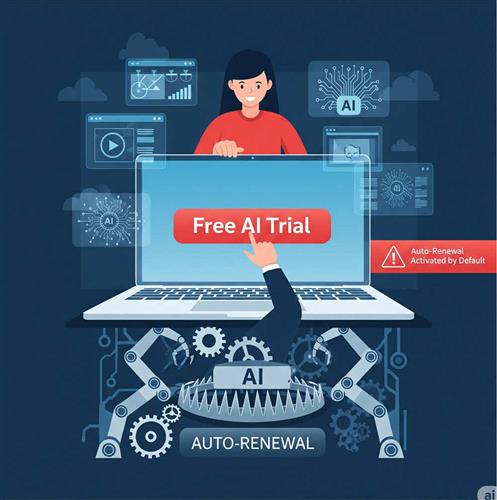
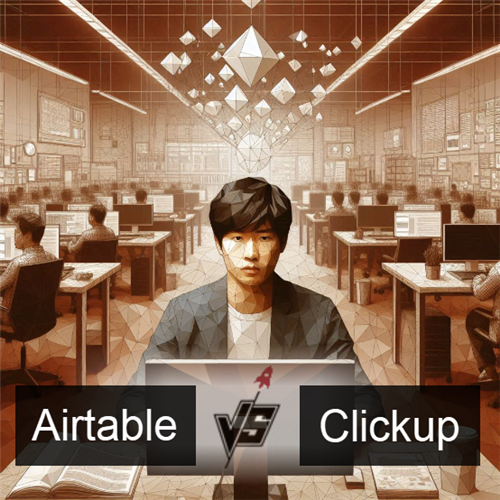
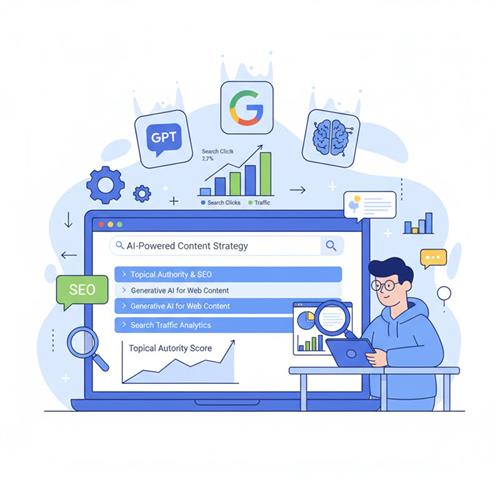
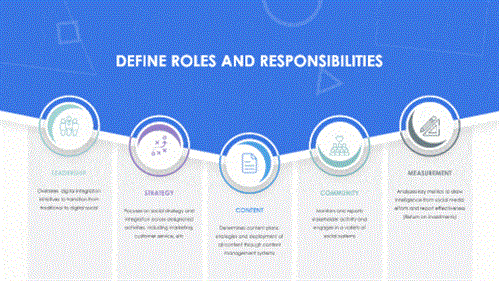
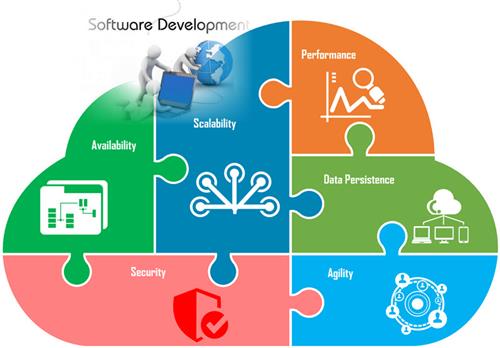



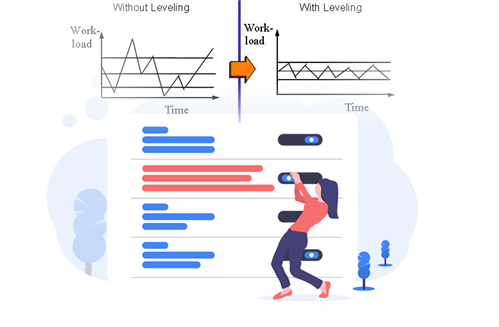
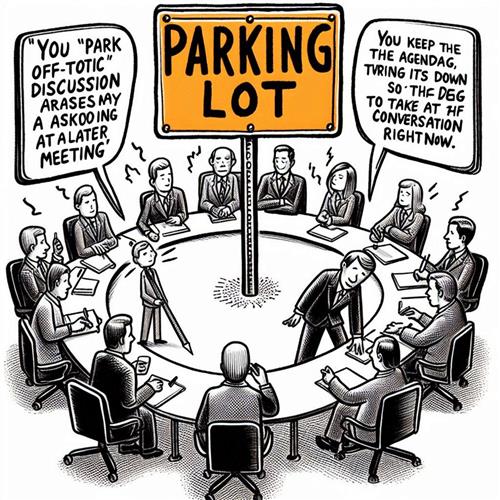

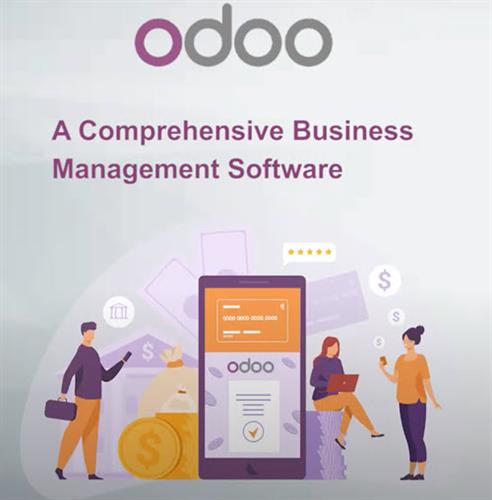
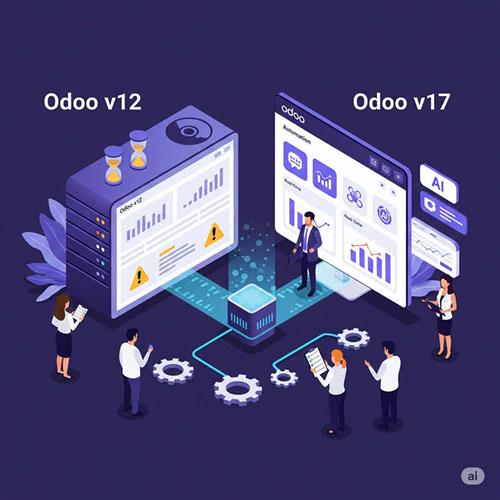
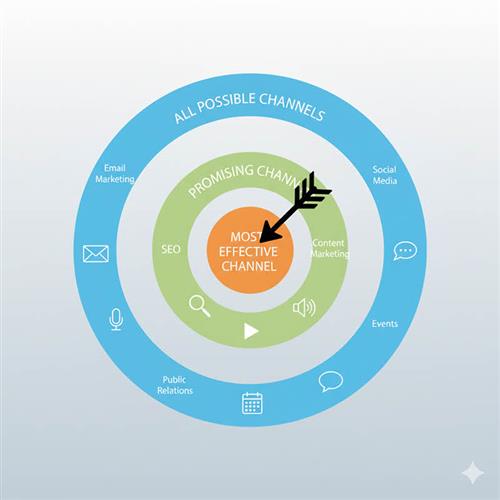
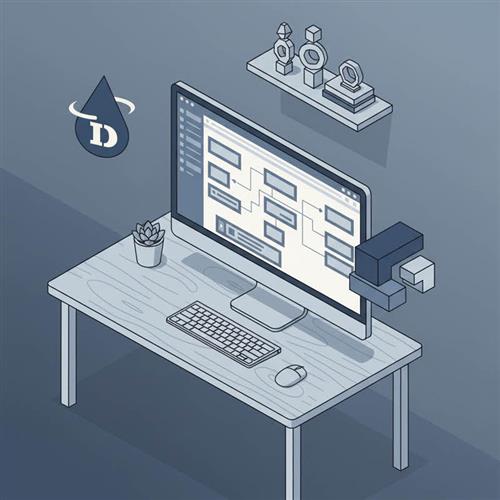

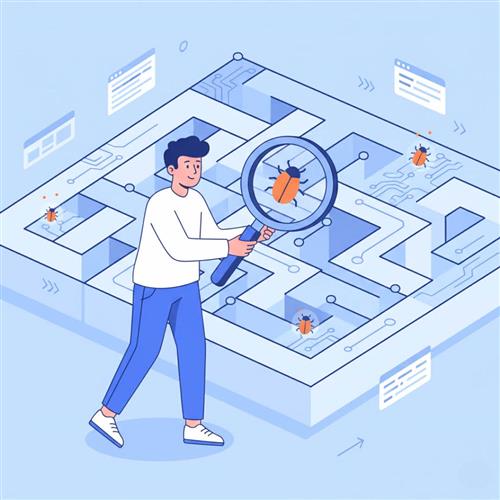
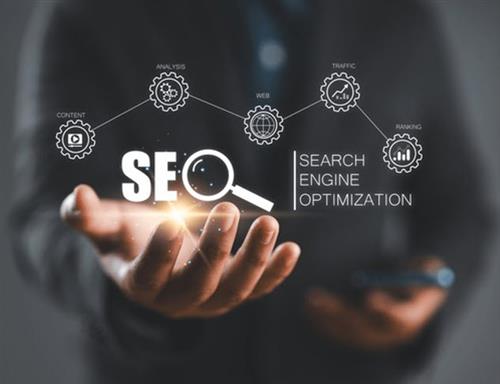

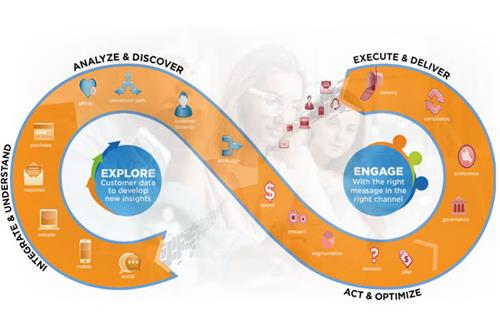









 Link copied!
Link copied!